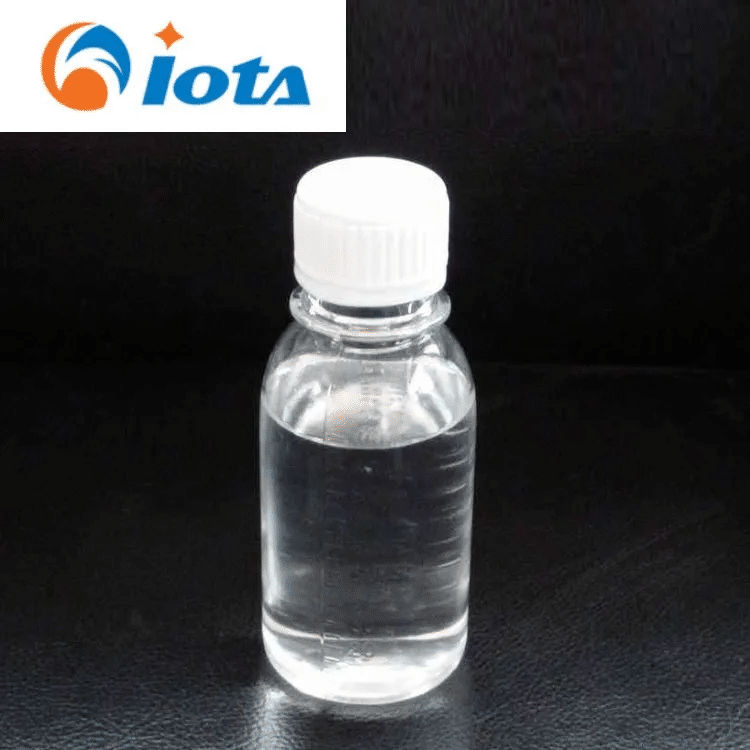On the operating table of plastic surgery, in the laboratory of drug release, and in the research and development center of wearable devices, a seemingly ordinary material - organosilicon - is quietly changing the future of medicine. From the initial coating of medical devices to the current artificial joint scaffolds, from traditional drug carriers to cutting-edge 3D printed tissue engineering, the deep integration of organosilicon and medical health is ushering in a medical revolution of "precision therapy".

1、 Biocompatibility: From "Passive Adaptation" to "Active Repair"
The biocompatibility of organosilicon stems from its unique molecular structure: sufficient methyl groups on silicon atoms shield the high-energy polysiloxane backbone, reducing non-specific interactions with living organisms. This characteristic makes it an ideal material for the medical field:
Implant material: Liquid silicone rubber (LSR) has become the mainstream choice for plastic implant materials after passing FDA certification. The silicone breast prosthesis developed by a certain enterprise adopts a micro nano pore structure to promote tissue growth and reduce the capsule contraction rate from 15% to 3%; A certain model of artificial joint stent has reduced bone integration time from 6 months to 3 months by introducing bioactive glass.
Drug carrier: A silicone microsphere developed by a certain enterprise achieves sustained drug release by regulating porosity (60% -80%). For example, in tumor treatment, the release cycle of chemotherapy drugs can be extended from 7 days to 30 days, reducing the frequency of administration and side effects.
Wound dressing: A silicone dressing developed by a certain university achieves an antibacterial rate of 99.9% by introducing silver ions, while maintaining a moist wound environment and promoting a 40% increase in healing speed.
2、 3D Printing: From "Model Manufacturing" to "Tissue Engineering"
The combination of organic silicon and 3D printing technology has opened up a new path for personalized medicine:
Bone scaffold: A 3D printed silicone bone scaffold developed by a certain enterprise, with a porosity that can be accurately controlled at 60% -80%, promoting bone cell growth; A certain type of biodegradable stent can be completely decomposed into silicates and carbon dioxide after 6 months in the body, avoiding secondary surgery for removal.
Vascular Network: A 3D printed silicone vascular model developed by a certain university, which simulates the hemodynamic environment of real blood vessels by introducing microchannel technology, providing a platform for cardiovascular disease research; The artificial blood vessel developed by a certain enterprise adopts a double-layer structure (inner layer of silicone and outer layer of polyester), which reduces the thrombus formation rate from 20% to 5%.
Neural conduit: A silicone neural conduit developed by a certain enterprise, which introduces a gradient pore structure to guide the directional growth of nerve axons, shortening the nerve repair time from 12 months to 6 months.
3、 Wearable devices: from "health monitoring" to "disease treatment"
The flexibility, biocompatibility, and conductivity of organosilicon make it a core material for wearable medical devices
Electronic skin: A silicone electronic skin developed by a certain enterprise, with a thickness of only 0.1mm, can fit the surface of the human body and monitor physiological indicators such as heart rate, blood pressure, and blood sugar in real time; A certain model of self powered electronic skin converts mechanical energy into electrical energy by introducing a frictional nanogenerator, achieving passive monitoring.
Drug Release Patch: A silicone microneedle patch developed by a certain company, which introduces micro nano structures to achieve transdermal drug delivery, increasing the bioavailability of insulin from 30% to 70%; A certain model of smart patch, connected to a mobile phone via Bluetooth, can automatically adjust the drug release rate according to blood sugar levels.
Rehabilitation robot: A silicone flexible actuator developed by a certain enterprise, which achieves active joint driving by introducing shape memory alloy, and improves the rehabilitation training efficiency of stroke patients by 50%; A certain model of exoskeleton robot adopts silicone sensors, which can sense muscle signals in real time and achieve human-machine collaborative motion.
4、 Challenges and Opportunities: The Leap from "Laboratory" to "Clinical"
Although organosilicon has made breakthroughs in the medical field, it still faces three major challenges:
Biodegradability: The current degradation cycle of biodegradable organic silicon materials (6-12 months) does not match the tissue repair rate (3-6 months), and it is necessary to accelerate degradation by regulating the molecular structure (such as introducing ester bonds and amide bonds).
Manufacturing accuracy: The resolution of 3D printed silicone tissue needs to be increased from 100 μ m to 10 μ m to meet the requirements of cell level structures; A certain enterprise has improved the printing accuracy to 1 μ m by introducing two-photon aggregation technology, approaching the natural structure of biological tissue.
Clinical validation: The clinical validation cycle for silicone medical products is as long as 5-10 years, which is costly; A certain enterprise has shortened the verification cycle to 3 years and accelerated product launch by establishing a collaborative platform of "hospital enterprise regulatory agency".
From biocompatibility to precision therapy, from 3D printing to wearable devices, the deep integration of organosilicon and medical health is writing a "people-oriented" medical revolution. In the future, with continuous technological breakthroughs and gradual cost reductions, this' life material 'will undoubtedly contribute more possibilities to human health and well-being.
